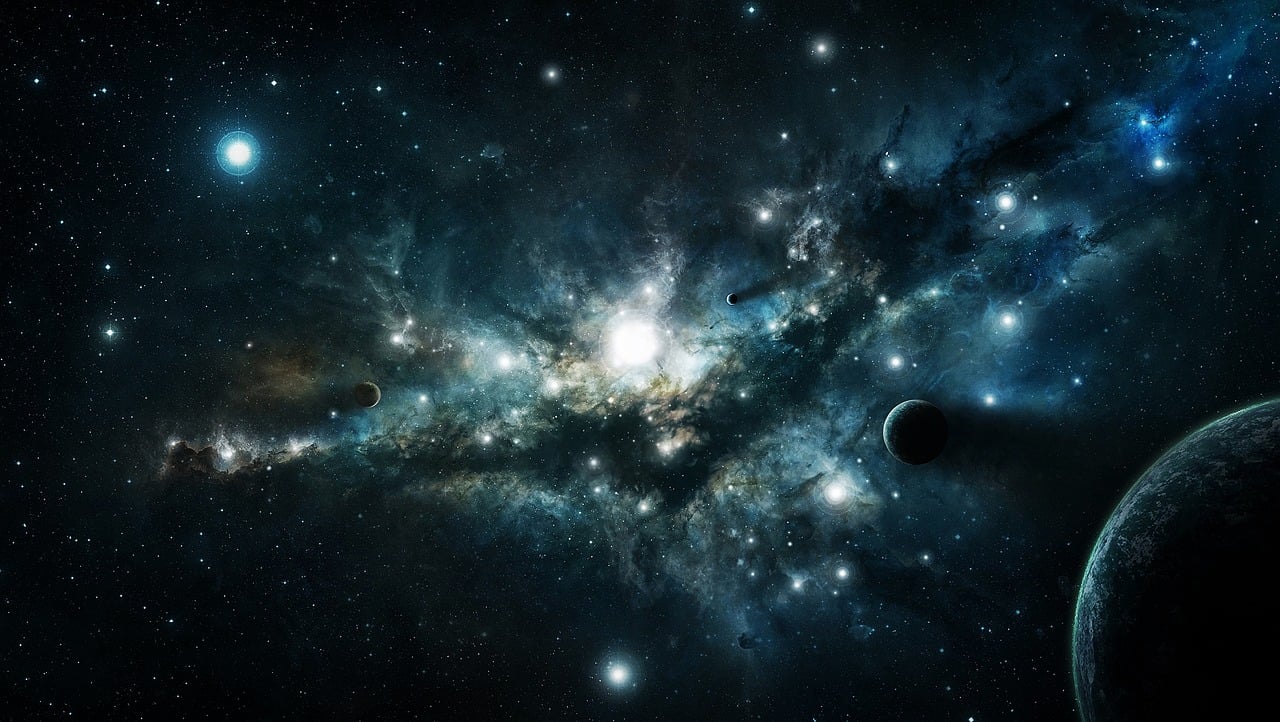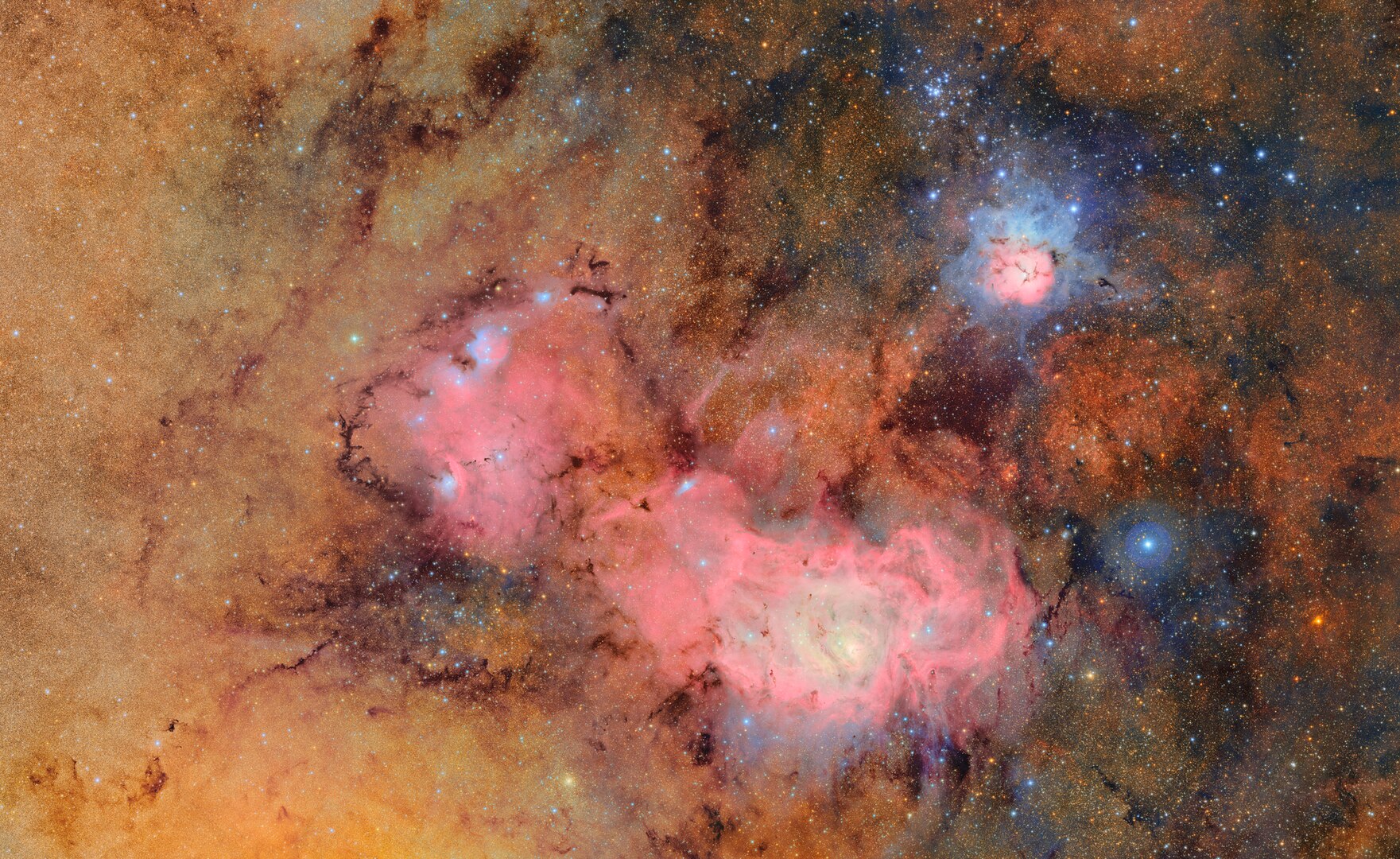
The research is based on a unique series of spectroscopic observations conducted over a period of 16 years.Continue reading

At the end of the year, the ten-year LSST (Legacy Survey of Space and Time) program of the U.S.-Chilean Vera C. Rubin Observatory will begin, with Hungarian researchers also participating. In exchange for their in-kind contribution, the researchers will gain access to a gigantic database and will be able to participate in the study of variable stars, asteroids, and galaxies, revealed the HUN-REN Hungarian Research Center.
The survey will be conducted by the Vera C. Rubin Observatory in Chile using the world’s largest camera, which, after six years of waiting, was finally officially unveiled on Tuesday afternoon (Central European Time) with its groundbreaking images revealing millions of galaxies. As part of the program, starting at the end of 2025, the 8.4-meter-diameter telescope named after Charles Simonyi, will continuously scan the universe with its camera for ten years, capturing every change in colorful, ultra-high-resolution film. Simonyi, who is of Hungarian descent, has been to space twice, and his significant financial donation contributed to the start of production of the telescope’s primary mirror in 2008. The telescope is equipped with the world’s largest digital camera, which, with its 3200-megapixel sensor (equivalent to 400 ultra-HD displays), can capture a huge area of 49 full moons in a single shot.
The Vera C. Rubin Observatory’s LSST survey will provide a more detailed picture than ever before of nearby and distant objects in the universe and their changes.
It will record everything unusual: the movement of objects in the solar system, the brightening and fading of stars, supernova explosions, and other cosmic cataclysms.
It will send 10 million alerts per night about changes found within 60 seconds of capturing unique images. All of these alerts will be available to the public.
The “color time-lapse movie,” i.e., images taken in six colors, will represent a previously unimaginable amount of data: by the end of the ten-year program, 500 petabytes of data will have been collected. The LSST will record 20 terabytes of data per night (for comparison: the Hubble Space Telescope records 2 gigabytes, and the James Webb Space Telescope records 57 gigabytes). The effectiveness of one of the most important ground-based astrophysical observation programs of the decade can be illustrated by the fact that in the time it takes someone to turn on their phone and take a photo, the LSST will photograph 100,000 galaxies, most of which have not been observed before, reads the release from HUN-REN.
Named after Vera Rubin, the discoverer of dark matter who passed away in 2016, the observatory will revolutionize astronomy in the following areas: research into the dark universe (dark matter and dark energy), mapping the Milky Way, studying variable stars and stellar explosions (novae, supernovae, and other transient astrophysical objects), and mapping small bodies in the solar system, including comets from foreign solar systems and asteroids approaching Earth.
Hungarian researchers will have access to LSST data in exchange for a so-called in-kind contribution.
Within this framework, they will assist in the full utilization and processing of the data through software development in several areas: the classification of variable stars using artificial intelligence, the study of faint comets and asteroids, and the compilation of galaxy catalogs.
In return, researchers working at the HUN-REN Research Center for Astronomy and Earth Sciences, the ELTE Institute of Physics and Astronomy, and the ELTE Gothard Astrophysical Observatory in Szombathely will be able to participate in studies related to cosmology, solar system astrophysical transients, variable stars, and galactic archaeology. The LSST international collaboration has approximately 4,000 researchers and engineers worldwide.
Via HUN-REN, Featured image: Wikipedia / NSF–DOE Vera C. Rubin Observatory